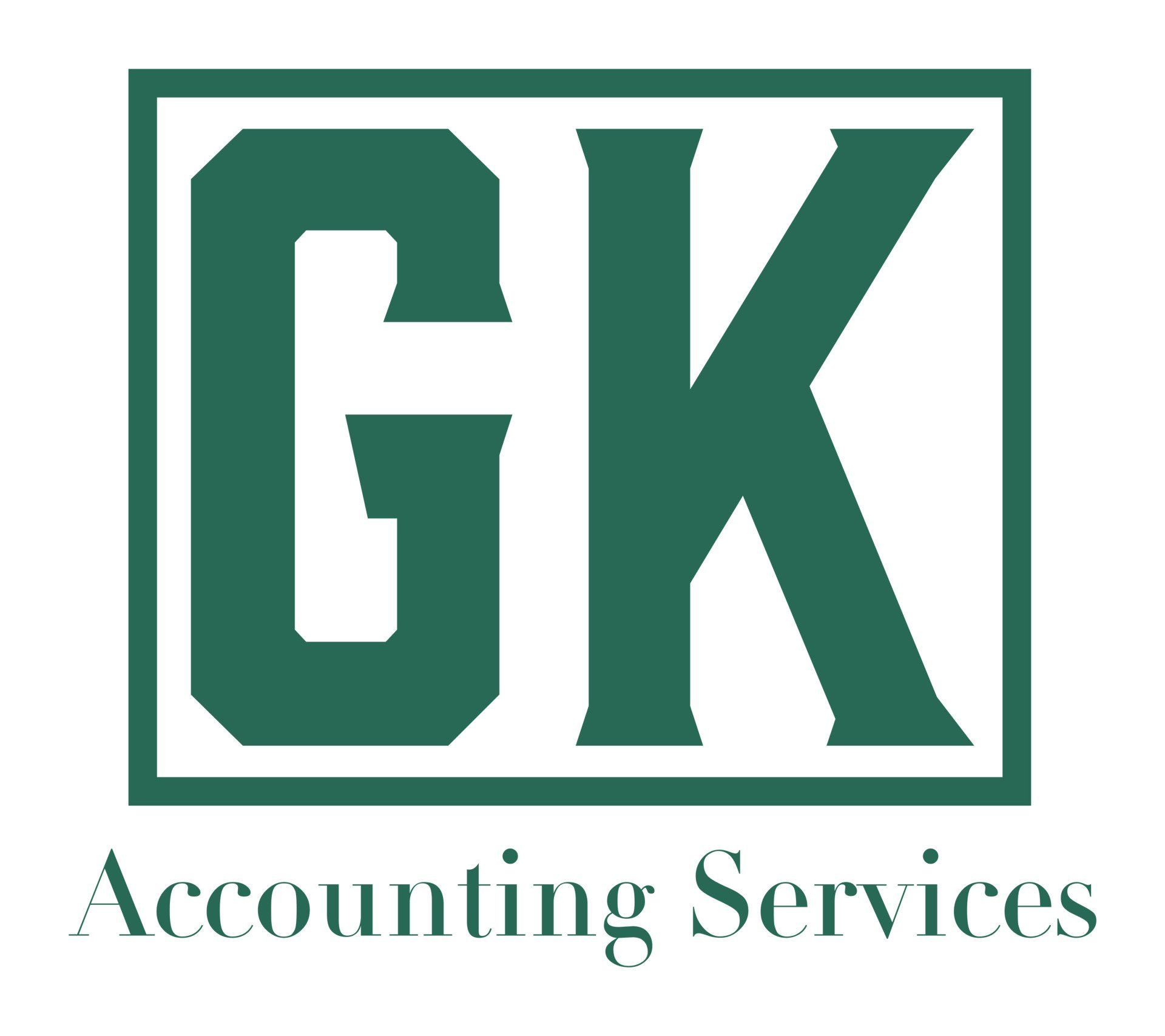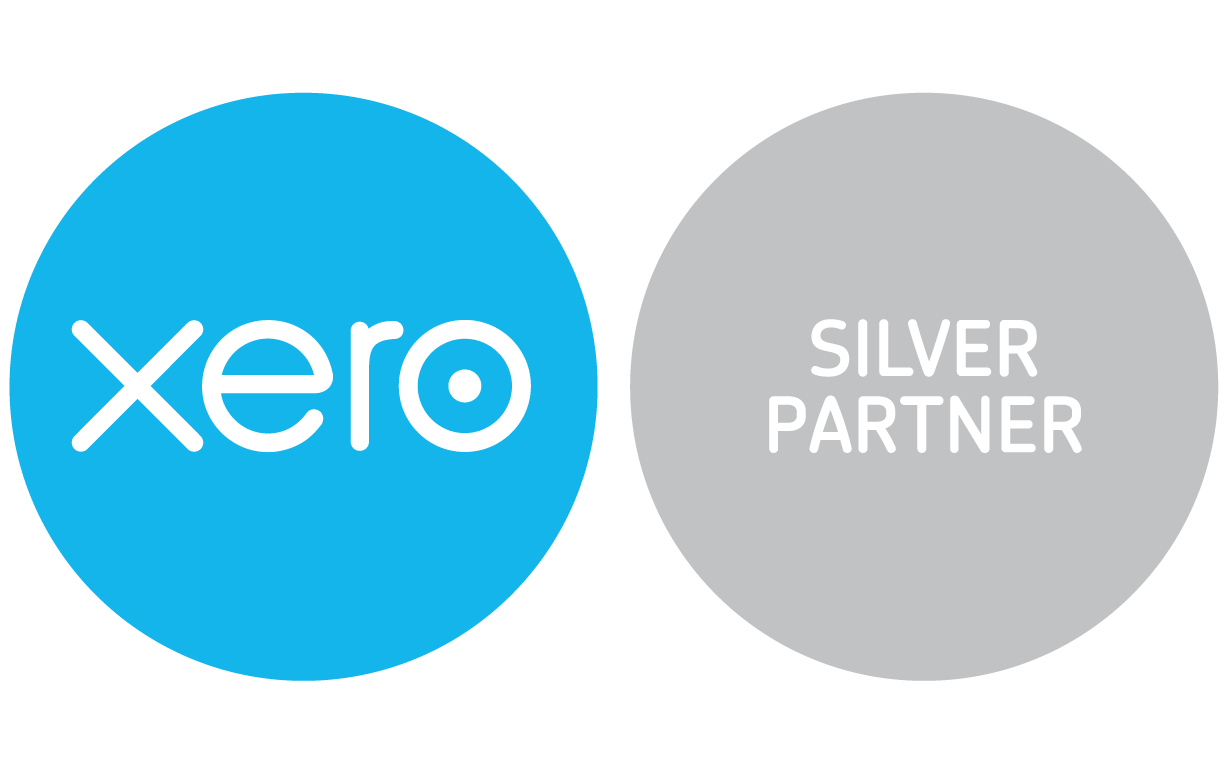Understanding Private Residence Relief (PRR) for Capital Gains Tax
Let us explore this mine field together!
Private Residence Relief (PRR) provides an exemption from Capital Gains Tax (CGT) on the sale of a property that has been used as the owner's main family residence. Here’s a detailed look at PRR, including eligibility criteria, special considerations, and how the relief works.
Eligibility Criteria for Full PRR
Taxpayers can claim full relief from CGT on the sale of their main residence if all the following conditions are met:
- Main Residence:
- The property must have been the taxpayer's only or main residence throughout the period of ownership.
- Letting Out:
- The property must not have been let out, except for having a lodger. Letting part of the house to tenants generally disqualifies it from full relief.
- Business Use:
- No part of the home should have been used exclusively for business purposes. Temporary or occasional use of a room as an office does not count as exclusive business use.
- Size of Grounds:
- The garden or grounds, including any buildings, must not exceed 5,000 square metres (just over an acre) in total.
- Purpose of Purchase:
- The property must not have been purchased solely for the purpose of making a gain.
Partial Relief
If a property does not meet all the criteria for full PRR, partial relief may still be available. This typically applies if the property was the main residence for only part of the ownership period or if part of the property was used for business or let out.
Special Provisions
- Final Period Exemption:
- The final 9 months of ownership are disregarded for CGT purposes, even if the property was not the main residence during this period.
- This period can be extended to 36 months under certain limited circumstances, such as if the owner has moved into a care home or if they are disabled.
- Temporary Absences:
- There are provisions for homeowners who live or work away from home, allowing them to still qualify for PRR during their absence, provided specific conditions are met.
- Married Couples and Civil Partners:
- Only one property can be nominated as the main residence at any one time. Couples must decide which property will be treated as their main home for CGT purposes.
Examples of PRR Application
Example 1: Full Relief
- A taxpayer buys a house, lives in it as their main residence for the entire ownership period and does not let any part of it out or use it for business purposes. Upon selling the house, they qualify for full PRR and pay no CGT on any gain made.
Example 2: Partial Relief
- A taxpayer owns a house, lives in it for 10 years, then moves out and rents it for 5 years before selling it. The first 10 years qualify for full PRR, the final 9 months are also exempt, and partial relief is applied for the letting period.
Action Points
- Record Keeping:
- Maintain thorough records of property usage, including periods of occupation, letting, and any business use.
- Nominations:
- If you own more than one property, ensure you make a timely nomination to HMRC indicating which property is your main residence.
- Professional Advice:
- Consider consulting a tax professional to maximise your PRR and ensure compliance with HMRC regulations, especially if your situation involves complexities such as multiple properties, temporary absences, or partial lettings.
Summary
Private Residence Relief can significantly reduce or eliminate CGT on the sale of a main residence, provided specific conditions are met. Understanding these conditions and maintaining proper records are essential for claiming full or partial relief. For those with complex situations, professional advice can help navigate the rules and optimise tax outcomes.





